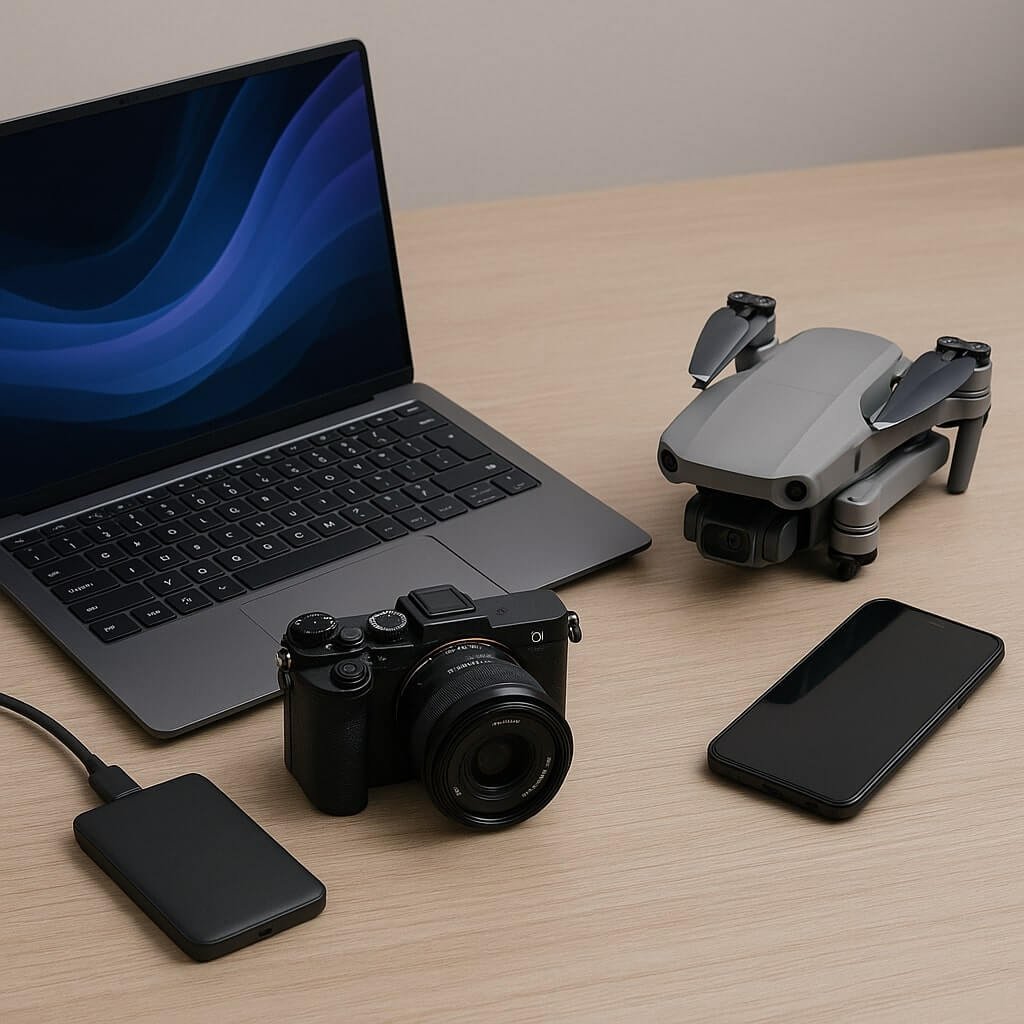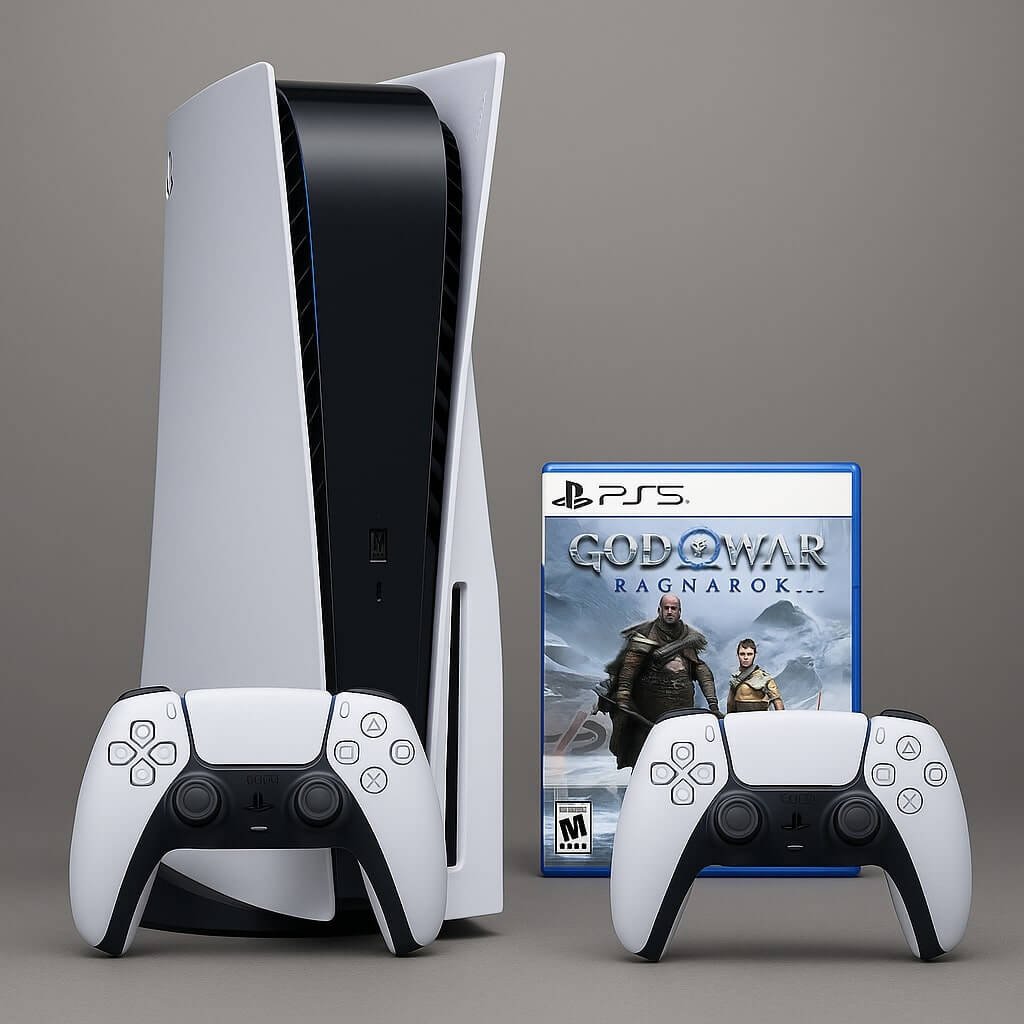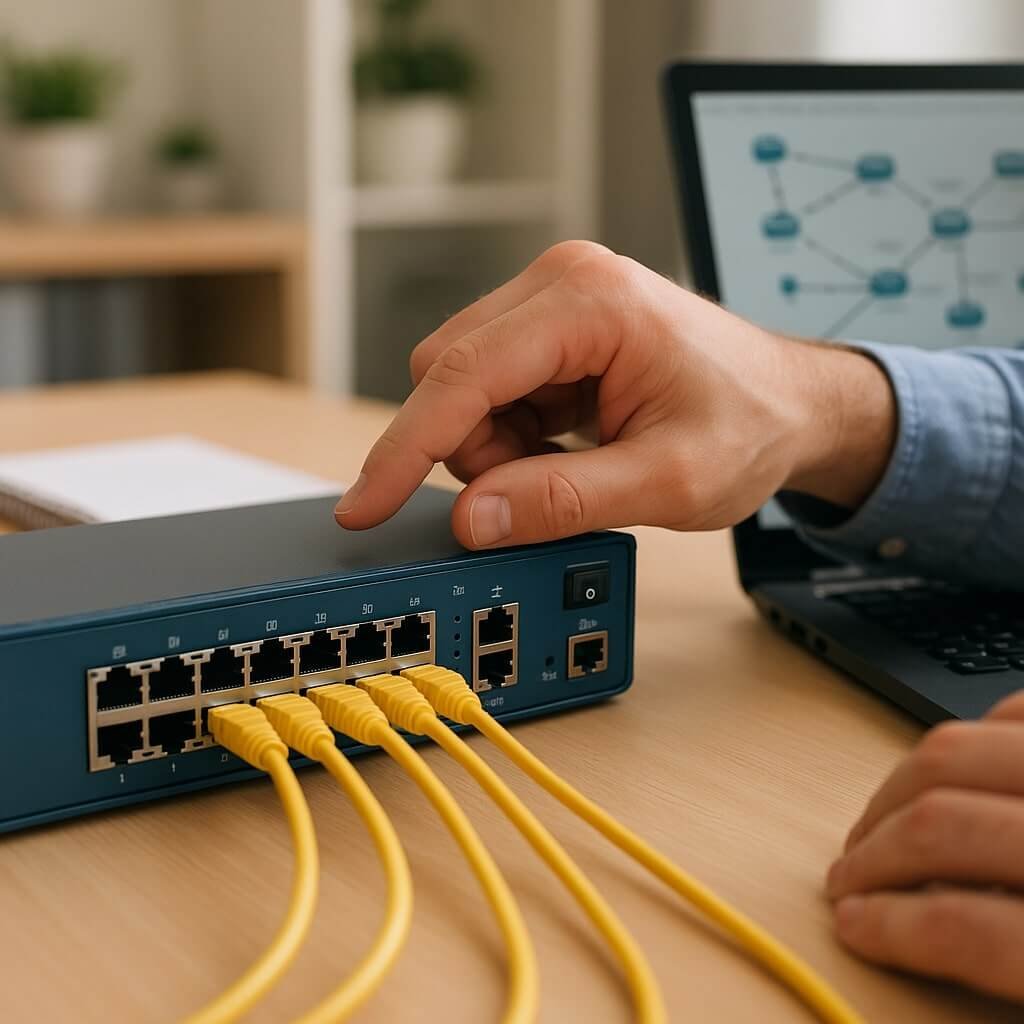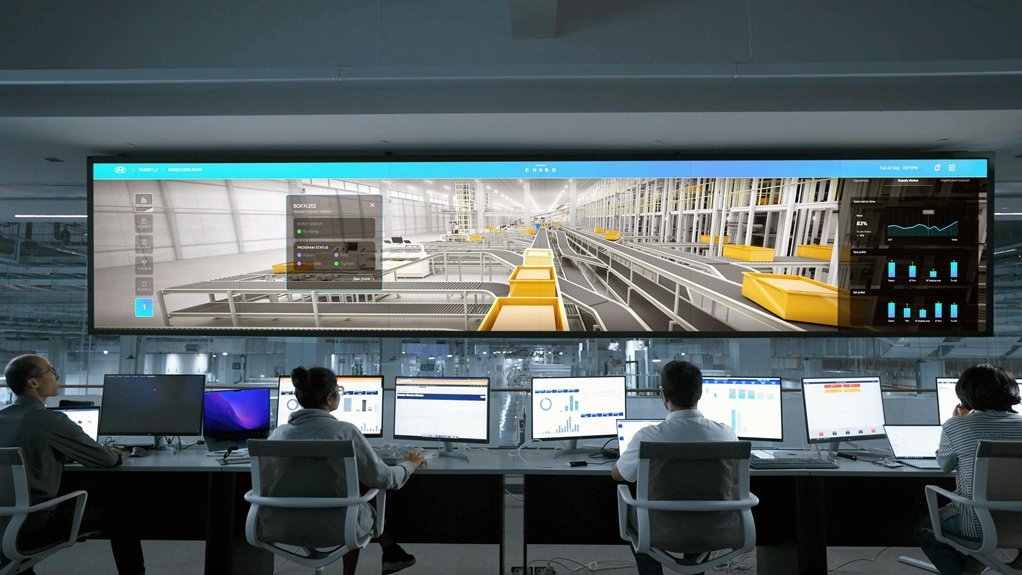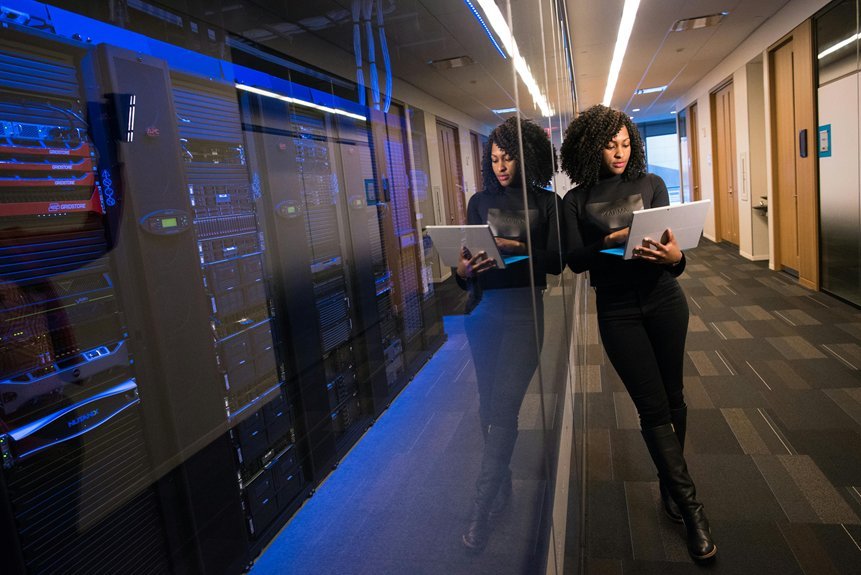In an era defined by mobility, content creators, digital nomads, and remote professionals increasingly demand tools that match their dynamic lifestyles. From high-performance ultrabooks and compact mirrorless cameras to featherweight drones and portable editing rigs, today’s lightweight tech powerhouses empower creators to work, shoot, edit, and publish on the move, without compromise.
This comprehensive guide explores the best lightweight gear tailored for mobile creators, the features that matter most, and answers to frequently asked questions from freelancers, videographers, and creative professionals alike.
Why Lightweight Gear is Essential for Creators on the Move
1. Portability Without Performance Trade-Off
Modern creators no longer have to choose between portability and processing power. Ultralight laptops with dedicated GPUs, high-efficiency processors, and generous battery life make it easy to render, edit, and export on the go.
2. Flexibility Across Environments
Whether shooting in remote locations, working in cafes, or commuting between client sites, lightweight gear ensures that creators stay agile without being physically burdened.
3. Time Efficiency and Workflow Continuity
Lightweight gear enables seamless workflow continuation — no need to wait until you’re back in the studio. Whether uploading footage on-site or editing on the train, productivity never stops.
Top Categories of Lightweight Gear for Creators
A. Ultraportable Laptops
Lightweight laptops under 1.5 kg now rival desktop power. Essential features include:
- Intel Core i7/i9 or Apple M2/M3 chips
- 16GB+ RAM
- Dedicated GPU (NVIDIA RTX series or Apple GPU)
- Long battery life (10+ hours)
Top Picks:
- Apple MacBook Air (M3)
- Dell XPS 13 Plus
- ASUS Zenbook Pro 14 OLED
B. Mirrorless Cameras
Mirrorless systems are replacing DSLRs for creators needing powerful imaging in smaller bodies.
Key Features:
- 4K/6K video capture
- Compact lens ecosystem
- Fast autofocus
- High dynamic range (HDR) support
Top Picks:
- Sony Alpha a7C II
- Canon EOS R8
- Fujifilm X-S20
C. Portable Audio Equipment
Audio is often overlooked but crucial. Lightweight microphones and field recorders provide clean sound capture without studio baggage.
Top Picks:
- Rode Wireless GO II
- Zoom H1n Handy Recorder
- Sennheiser MKE 400
D. Compact Drones
Aerial content has become a staple of modern storytelling. Drones under 250g offer high-resolution capture and easier travel compliance.
- DJI Mini 4 Pro
- Autel EVO Nano+
- BetaFPV Pavo Pico (for FPV)
E. Mobile Editing Setups
High-speed SSDs, USB-C hubs, and foldable monitors create a powerful editing suite in a backpack.
Recommended Add-ons:
- Samsung T9 Portable SSD
- Anker 9-in-1 USB-C Hub
- ASUS ZenScreen portable monitors
Best Practices for On-the-Go Content Creation
1. Optimise File Management
Use cloud-sync tools or high-speed SSDs to backup and access footage across devices without lag.
2. Stay Power-Ready
Carry multi-port power banks, universal adapters, and extra batteries to stay powered across environments.
3. Use Modular Gear
Modular accessories reduce the need for bulky gear and allow flexibility depending on the shoot or work requirements.
4. Minimise Setup Time
Prioritise tools that offer plug-and-play functionality, fast booting, and intuitive interfaces to reduce setup hassle.
Frequently Asked Questions (FAQs)
What is the best lightweight laptop for 4K video editing?
The Apple MacBook Air (M3) and ASUS Zenbook Pro 14 OLED are top-tier options, offering excellent thermals, performance, and battery in under 1.5 kg packages.
Are compact drones good enough for professional work?
Yes. The DJI Mini 4 Pro, for instance, shoots 4K 60fps with obstacle avoidance, making it suitable for travel bloggers, real estate videographers, and YouTubers.
How can I improve audio quality without bulky gear?
Use clip-on wireless mics like the Rode Wireless GO II or directional mics like the Sennheiser MKE 400, which offer professional sound in a minimal form factor.
Can I build a full editing setup in a backpack?
Absolutely. Combine an ultrabook, a portable monitor, SSD storage, and a USB-C hub to create a mobile editing workstation suitable for 4K workflows.
What’s the best camera for solo travel creators?
The Sony a7C II is a popular choice due to its full-frame sensor in a compact body, in-body stabilisation, and reliable autofocus for self-recording.
Final Thoughts
Being a creator in 2025 doesn’t mean being confined to a desk or studio. With the right lightweight tools, you can produce stunning work from virtually anywhere — from a jungle clearing to a rooftop café. Portability, speed, and versatility now go hand-in-hand, enabling a creative lifestyle that’s as mobile as your imagination.

